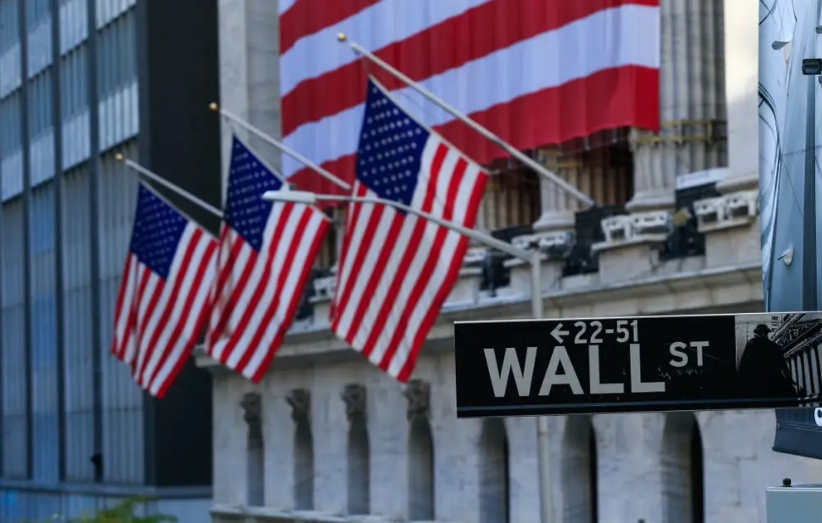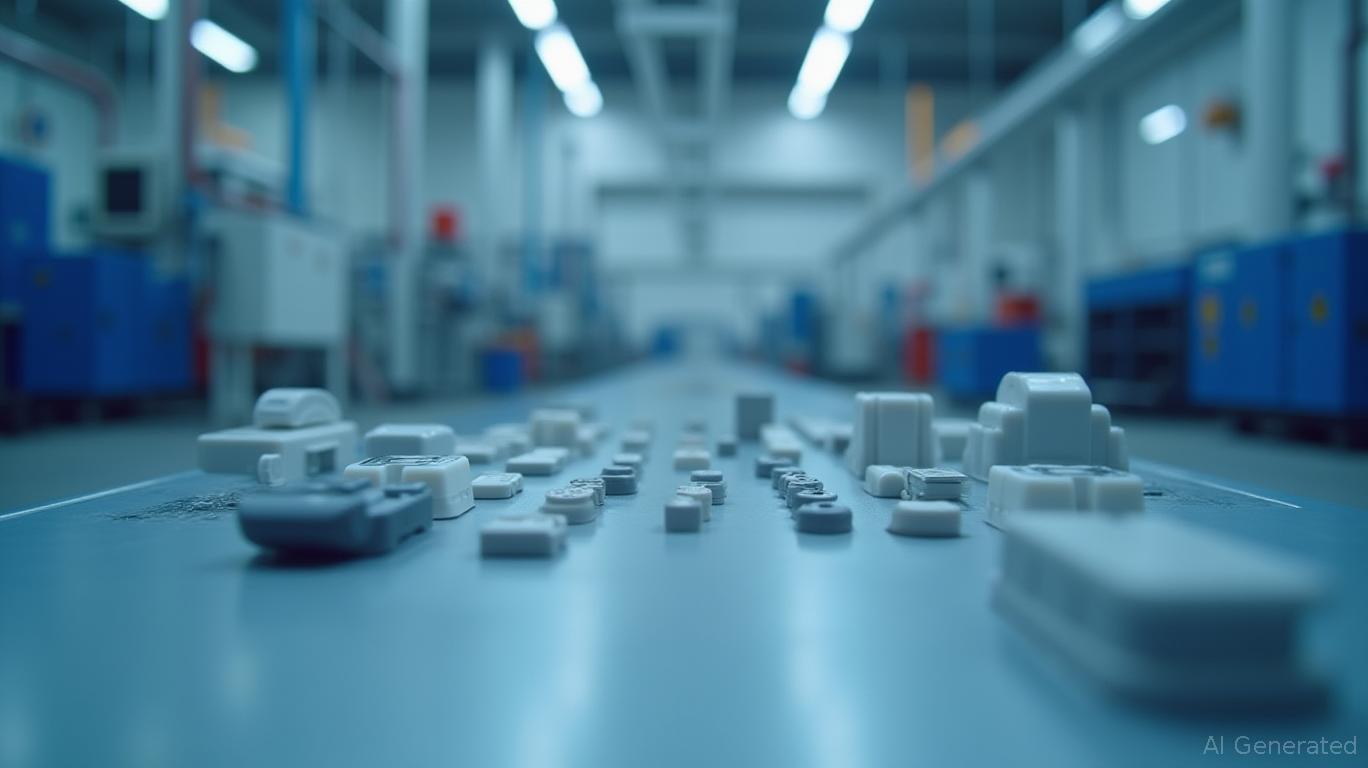Celanese Corporation's Q1 Results Highlight Strategic Resilience Amid Global Headwinds
Celanese Corporation (CE) reported Q1 2025 revenue of $2.39 billion, narrowly beating the FactSet consensus of $2.25 billion, though falling short of its own internal targets. Beneath the top-line figures lies a complex story of margin pressures, strategic cost discipline, and a shifting focus toward high-margin growth segments. Let’s dissect the results and what they mean for investors.
Ask Aime: "Stocks Rise Amidst Mixed Results from Celanese Corp Q1 2025 Earnings"

Segment Performance: Engineered Materials Shines, Acetyl Chain Struggles
The company’s two segments—Acetyl Chain and Engineered Materials—exhibited starkly different dynamics.
Acetyl Chain:
- Revenue: $1.1 billion (+1% sequentially).
- Margins: Operating profit margins fell to 15%, pressured by delayed acetate tow orders, oversupply in China, and higher energy costs.
- Offsetting Factors: Partial relief came from volume gains in vinyls and price hikes in the Western Hemisphere.
Ask Aime: What impact does Celanese's Q1 2025 revenue beat and Engineered Materials growth have on investment strategy?
Engineered Materials:
- Revenue: $1.3 billion (+1% sequentially).
- Margins: Adjusted EBIT margins rose to 10%, driven by high-margin medical and specialty products (e.g., EV-grade nylon) and cost-cutting initiatives.
- Volume Resilience: Automotive volumes grew 5% globally, despite a 10% drop in Asia’s automotive builds.
Strategic Moves to Mitigate Challenges
Celanese is aggressively addressing its margin pressures through three core strategies:
- Cost Reduction:
- Target: $120 million in annual savings (up from $80 million), split between the two segments.
- Engineered Materials: Logistics and discretionary spending cuts ($40 million).
Acetyl Chain: Plant and distribution efficiency gains ($40 million).
Portfolio Restructuring:
Divestiture: The planned sale of its Micromax® business (non-core electronics materials) aims to free capital for debt reduction.
Debt Management:
- Refinancing: A $2.6 billion debt restructuring lowered borrowing costs and extended maturities, improving liquidity.
Key Risks and Near-Term Concerns
- Demand Volatility: Weakness in paints, coatings, and construction in Asia and Europe continues to weigh on Acetyl Chain margins.
- Geopolitical Risks: Trade tensions and supply chain disruptions could delay recovery in key markets.
- Execution Risks: The success of margin improvements hinges on timely cost cuts and divestitures.
Outlook: Margins to Improve in Q2, but Macro Uncertainties Linger
Management projects Q2 adjusted EPS of $1.30–$1.50, driven by:
- Resumed dividend payments from its Chinese partner.
- Stabilized automotive demand and normalized acetate tow orders.
- Free Cash Flow: Expected to hit $700–$800 million in 2025, up from 2024 levels, with proceeds from divestitures prioritized for deleveraging.
Investor Takeaway: Resilience vs. Risk
Celanese’s Q1 results reflect a company in transition. While revenue growth remains sluggish, its focus on cost discipline, portfolio optimization, and high-margin segments (e.g., EV materials) positions it to stabilize margins. The stock’s 20% post-earnings drop underscores investor skepticism about near-term execution, but long-term metrics are promising:
- Free Cash Flow Yield: 11%, signaling undervaluation relative to peers.
- Debt Reduction: A deleveraging target of $1 billion by end-2025 (via divestitures and refinancing) could lower its net debt/EBITDA ratio from 3.8x to ~2.5x.
Conclusion: A Buy for the Long Game
Celanese’s Q1 results are a mixed bag: top-line growth is uneven, but its strategic moves—cost cuts, divestitures, and focus on high-margin markets—are clear steps toward resilience. While risks like global demand weakness and geopolitical instability remain, the company’s strong free cash flow generation and 11% yield make it a compelling long-term play. Investors should monitor execution of its $120 million cost target and progress on divestitures. For now, the stock’s dip post-earnings offers a buying opportunity for those willing to bet on Celanese’s ability to navigate macro headwinds and capitalize on its strategic pivot.
Final Take: Buy on dips, but stay mindful of macro risks.










